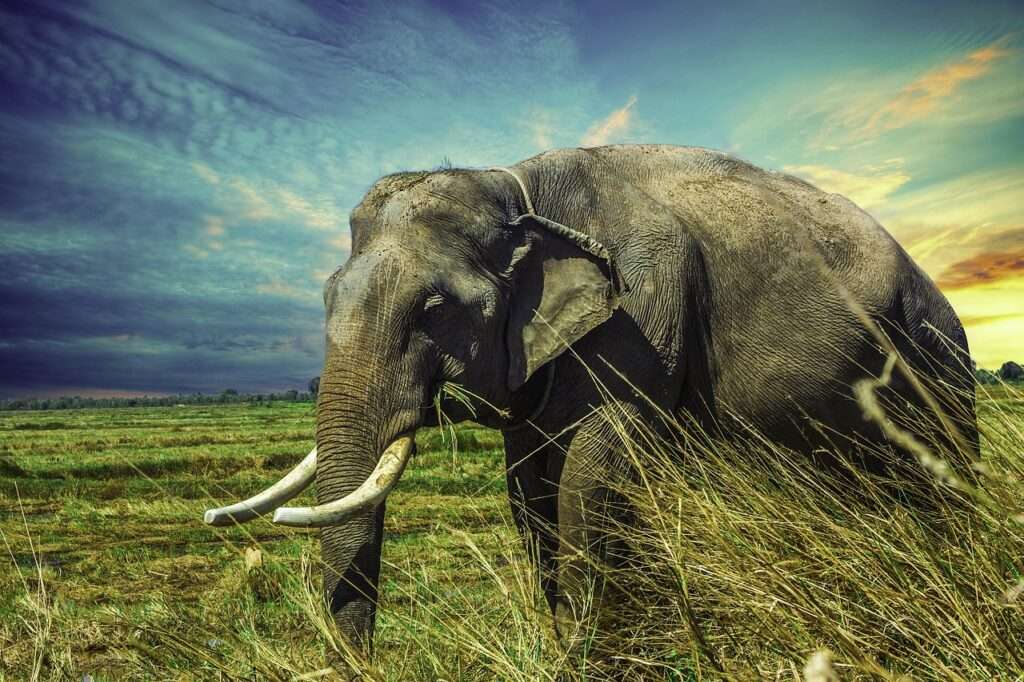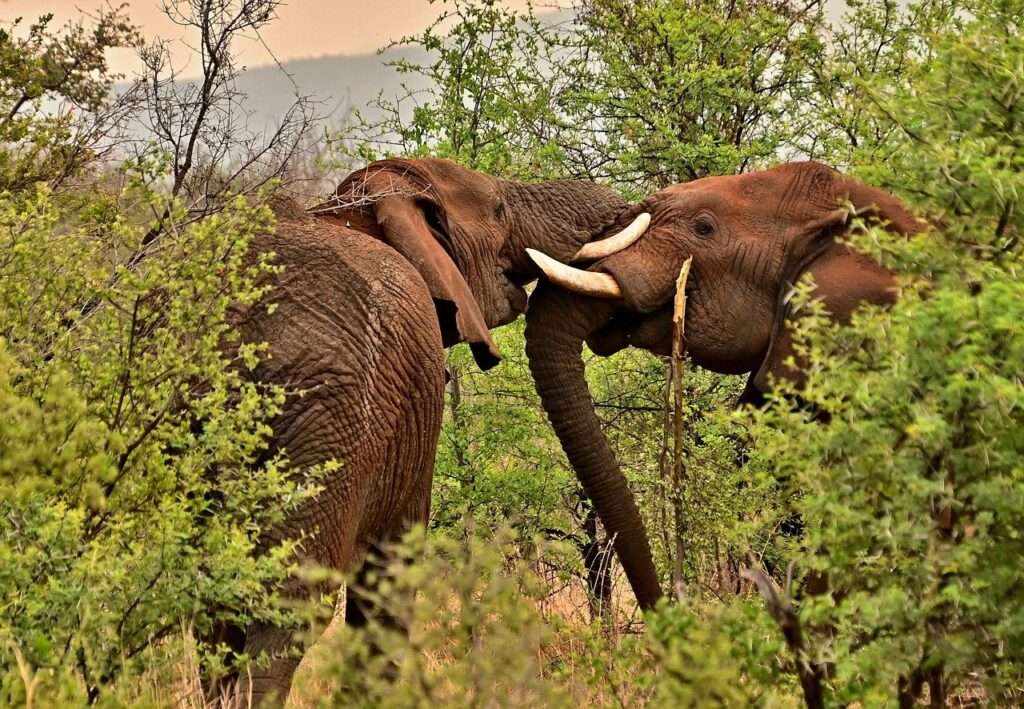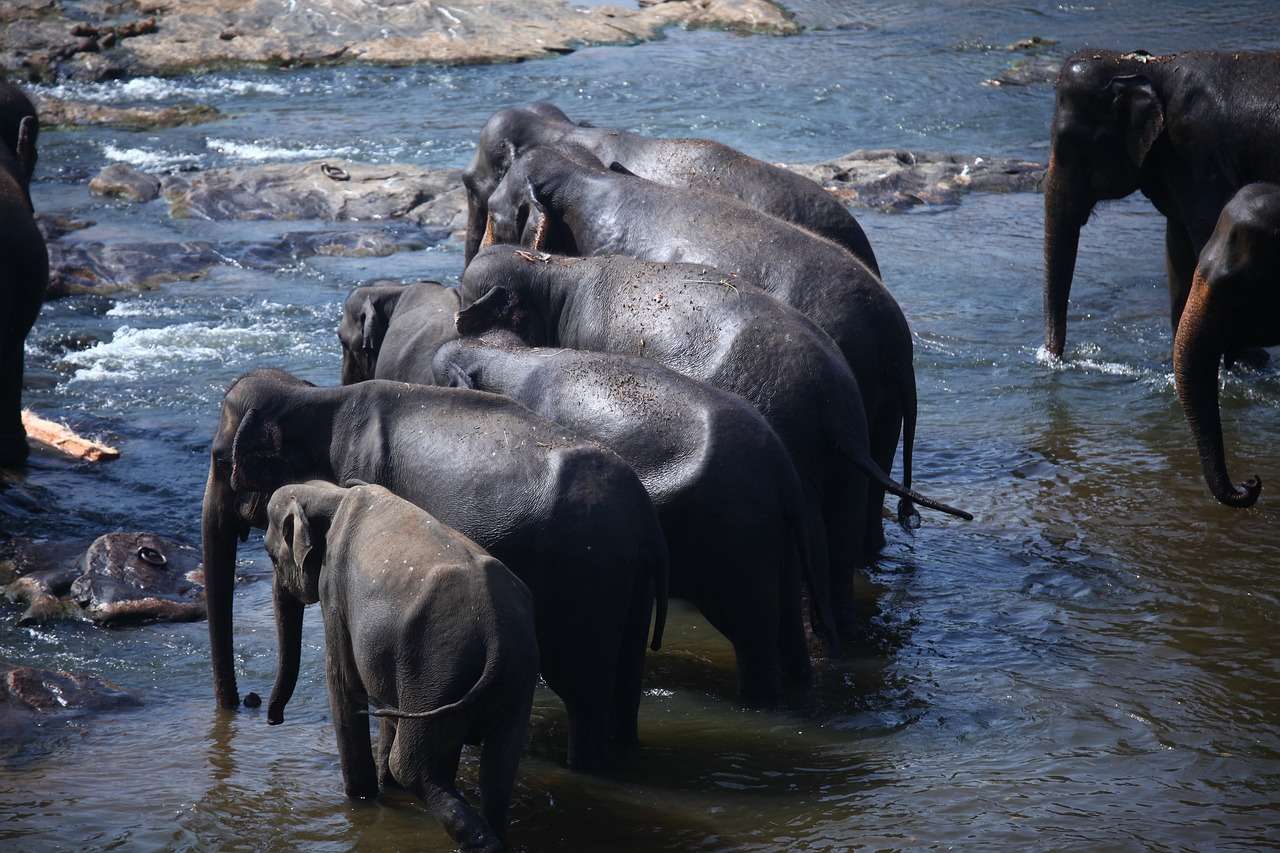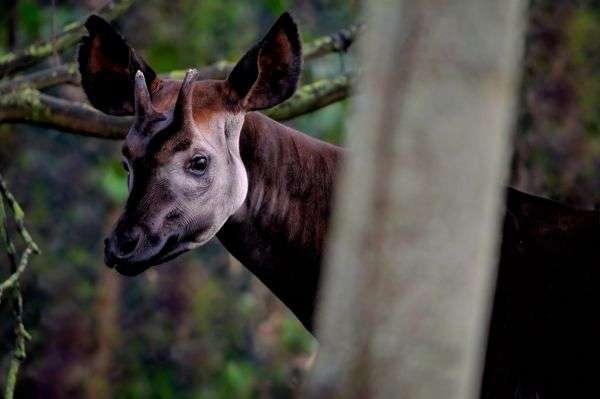Majestic Giants: Exploring the World of Elephants
In the heart of Africa’s savannas and the lush forests of Asia, roams a creature whose presence commands awe and admiration—the elephant. As the largest land animals on Earth, elephants embody strength, intelligence, and a deep sense of familial bonds. Delving into their world reveals a tapestry of remarkable adaptations, complex social structures, and profound ecological significance.

Gentle Giants
At first glance, the sheer size of elephants may intimidate, but their gentle demeanor belies their imposing stature. These majestic creatures are known for their remarkable empathy and compassion, often displaying a deep understanding of emotions and exhibiting altruistic behavior towards their fellow herd members, particularly during times of distress or danger.

The Power of Memory
One of the most fascinating aspects of elephant behavior is their exceptional memory. With large and highly developed brains, particularly in areas associated with memory and emotional processing, elephants possess a remarkable ability to remember intricate details of their surroundings, recognize individual faces and voices, and recall migration routes and sources of water over vast distances. This cognitive prowess not only aids in their survival but also enriches their social interactions and familial bonds.
Social Structures
Elephants are highly social animals, forming tight-knit family groups led by the oldest and most experienced female, known as the matriarch. These herds consist of related females and their offspring, with strong bonds forged through years of shared experiences. Male elephants, known as bulls, often lead solitary lives or form temporary associations with other males, engaging in periodic social interactions during mating seasons.

The Versatile Trunk
Perhaps the most iconic feature of the elephant is its trunk—a multifunctional appendage that serves as nature’s Swiss Army knife. With its remarkable dexterity and strength, the trunk enables elephants to perform a wide range of tasks, from grasping objects such as food or tree branches to delicately exploring their surroundings and communicating with other elephants through tactile gestures and vocalizations.
Ecological Keystone
Beyond their individual magnificence, elephants play a crucial role as keystone species in their ecosystems. Through their feeding habits, which include seed dispersal and tree pruning, elephants shape the structure and composition of their habitats, creating niches for numerous plant and animal species. They also play a vital role in creating water sources during droughts by digging for groundwater, thereby sustaining life in their environments.
In conclusion, elephants are more than just magnificent creatures—they are guardians of the natural world, embodying the delicate balance of ecosystems and the interconnectedness of all living beings. As we strive to conserve these majestic giants and protect their habitats, we honor not only their intrinsic value but also our shared responsibility to safeguard the wonders of the Earth for future generations.







